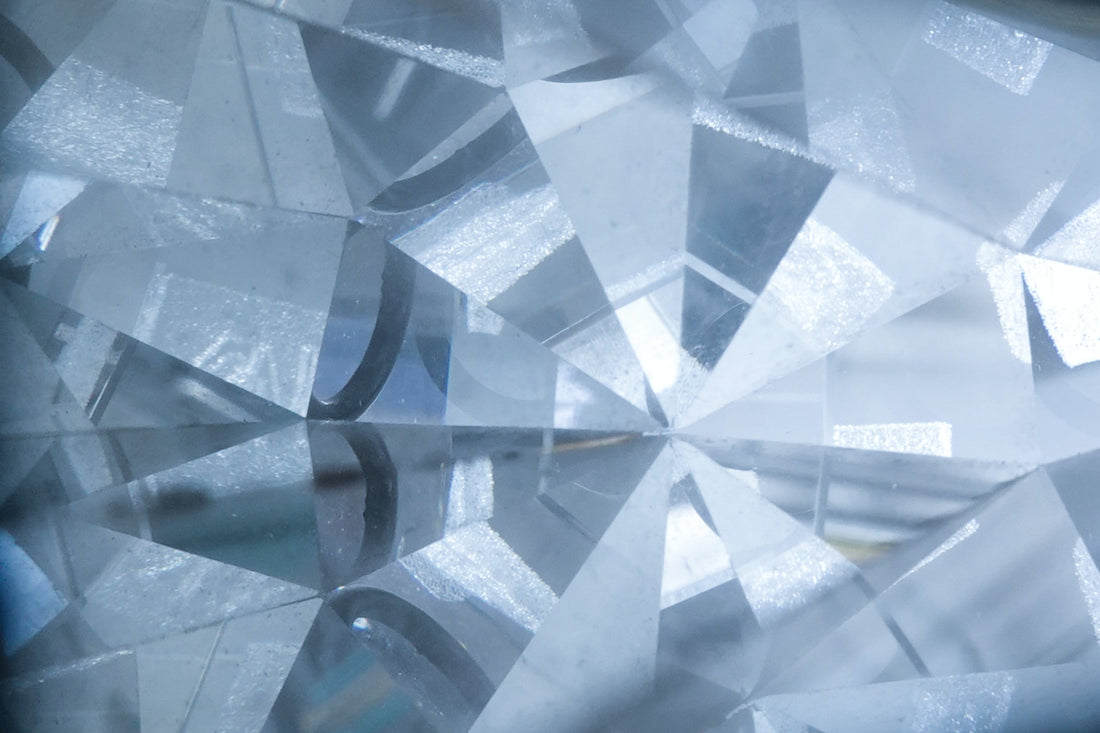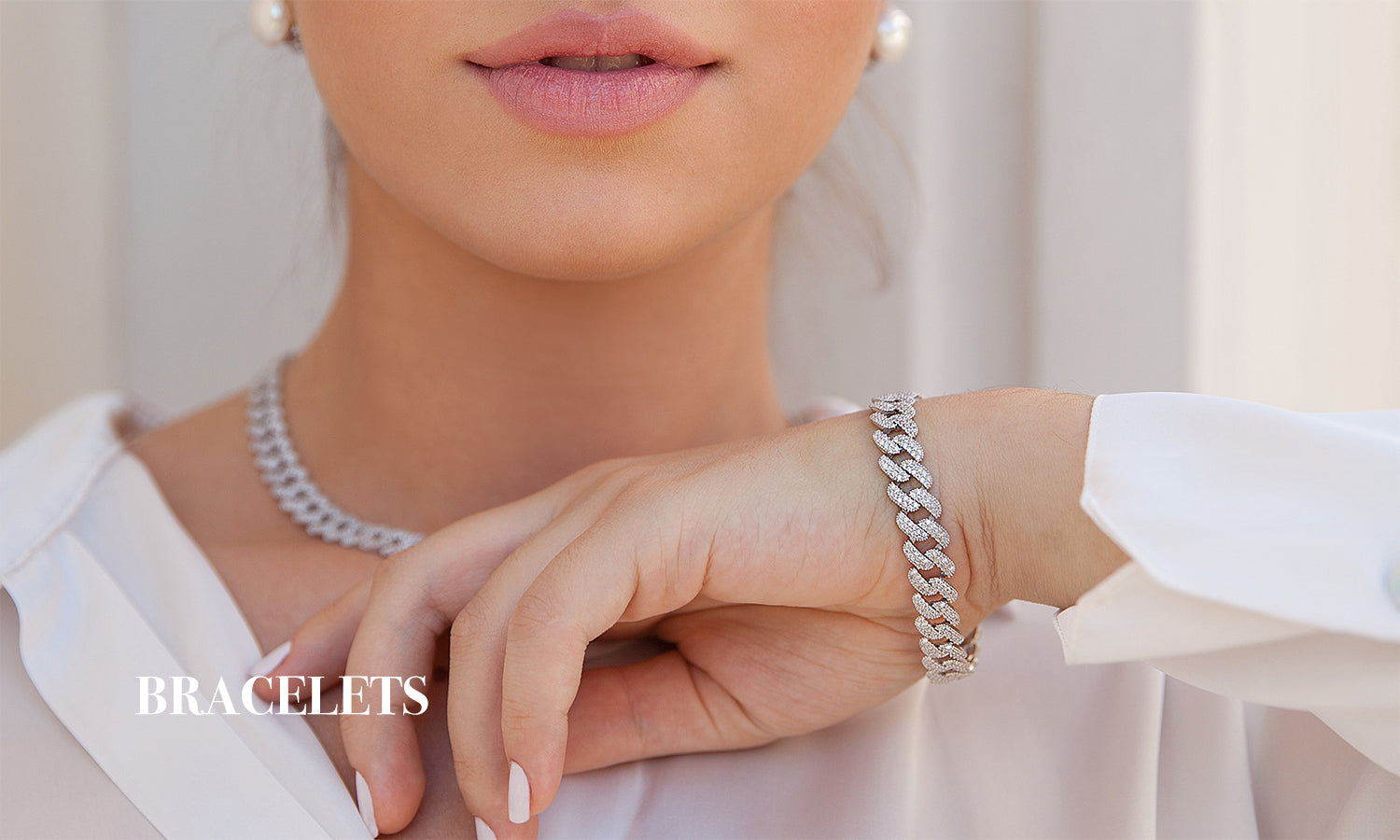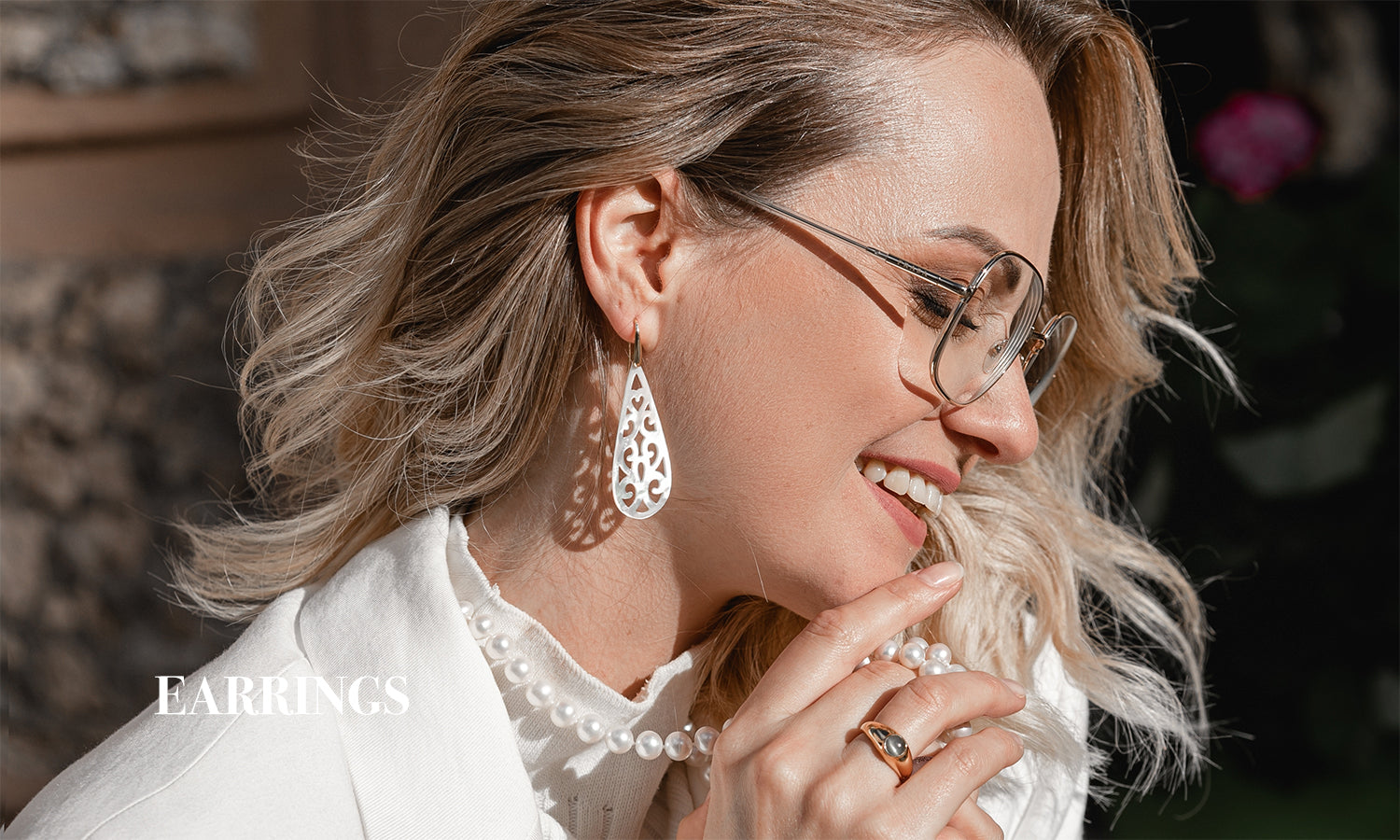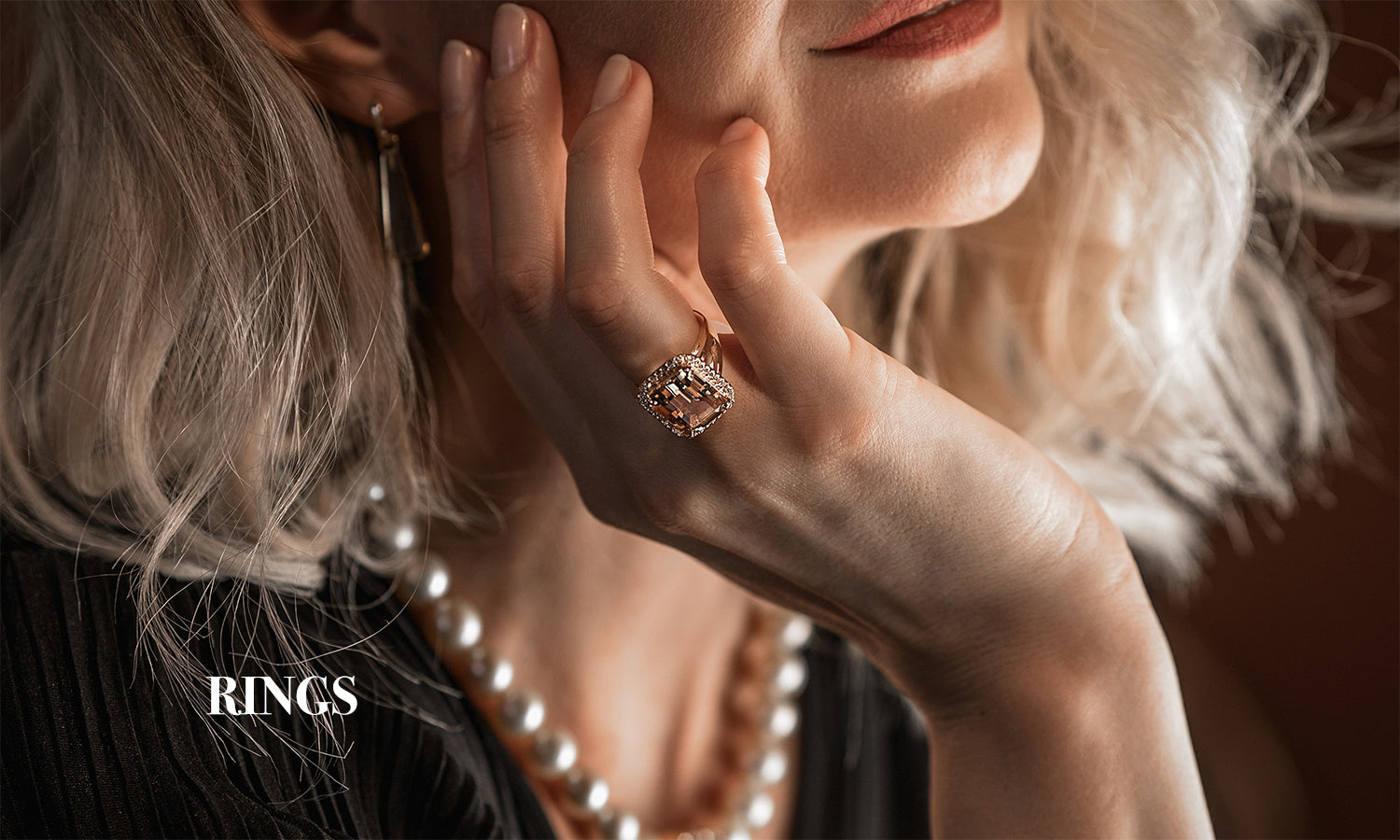
Synthetic Moissanite
Share
Moissanite is a rare and scarce stone. For that reason, synthetic Moissanite, so called because it is created in laboratories and not obtained from nature, has become the best alternative in jewelry. It is a unique stone that has been offered as a diamond simulator. Today at Planderful we will tell you everything you need to know about synthetic Moissanite.

Source: https://www.brilliance.com/moissanite
What is a moissanite stone?
This strange stone was discovered in a meteorite crater in Arizona in 1893 when chemist Henri Moissan excavated and found the mineral. You could say it's a real stone from stardust. As magical as it sounds, Moissanite is not easy to find in nature, making natural Moissanites some of the most difficult gemstones to find.
You may also be interested in: This Entrepreneur Hopes Star Dust Will Replace Diamonds
Faced with this obstacle, Moissanite is produced in laboratories and has been perfected by human hands to be identical to those found in nature. For this reason, they are called synthetic Moissanites. Now, are the natural ones better, how do they differ, are the synthetic Moissanite jewels of good quality, do they have the same magical benefits?
Don't ask yourself any more questions. In Planderful we will solve your doubts.
Synthetic Moissanite Vs Natural Moissanite
Natural Moissanite stone is made of silicon carbide. In the 1990s, scientists developed a new thermal process that creates silicon carbide in the same way it would occur naturally. This new process accelerated the time it takes to produce Moissanites, otherwise, it would take hundreds of years to occur naturally and even then it would only occur in miniscule amounts. Silicon carbide crystals grown in laboratories require a fraction of the time to create and become ready-to-sell gemstones.
Synthetic Moissanites, on the other hand, are manufactured in laboratories rather than mined. This means that environmental damage from the mines is greatly reduced. Synthetic Moissanite is a great option for jewelers who want to create their designs in a more ethical and eco-friendly way. We'll tell you everything you need to know about synthetic gemstones and their benefits to the planet below.
The composition of natural Moissanite and synthetic Moissanite varies, however, their visual qualities are the same.
What are the properties of a synthetic Moissanite?
Moissanite is generally colorless but emits rainbow-colored sparkles when it catches the sunlight. This is a very beautiful quality that sets it apart from other gemstones. On the other hand, the properties of a synthetic Moissanite are similar in terms of hardness and brilliance to other gemstones such as diamond, sapphire, and ruby. However, what makes Moissanite stand out from the rest is its position in the refractive index of brilliance at approximately 2.65 - 2.69.
Moissanites are one of the most brilliant gemstones in existence, even far surpassing the brilliance of diamonds. Do you know why? Moissanite's brilliance is caused by a gemological peculiarity known as dispersion. This means that the stone reacts like a prism when light shines on it or through it. When light hits the stone, it scatters causing different spectral colors to emerge.
Due to its high refractive nature, Moissanite emits flashes of rainbow light whenever it is hit by direct sunlight. Consumers are often overwhelmed by this and many prefer the imperfect nature of diamonds, but there is no doubt that Moissanite is a good alternative to diamonds due to its brilliance and durability.

Source: https://www.rarecarat.com/blog/diamond-ring-tips/moissanite-engagement-rings-buying-guide-rare-carat
How hard is Moissanite?
Moissanite is one of the hardest gemstones, except for diamonds. Moissanite scores a 9.25 on the Mohs hardness scale, which makes it excellent for everyday use, as it is less prone to scratches and scuffs, unlike other softer stones such as opal or lapis lazuli.
Is Moissanite valuable?
Yes. Moissanite is valuable because of the way it is produced. Originally, Moissanite was only produced by one company and because the thermal process is very complex, this gemstone can be more expensive than other stones that resemble it, such as zirconite, which is more easily mass-produced.
Synthetic gemstones: lab-created gems
If you are looking for a cheaper alternative to natural gemstones, synthetic gemstones are the way to go. Also known as lab-created or cultured gems, these are stones that are manufactured by mimicking the chemical composition and crystalline structure of natural gemstones. They are identical to natural gemstones in appearance, structure, and physical properties (such as hardness). The difference between natural gemstones and synthetic gemstones is that the latter are manufactured with human assistance in controlled environments and have lower prices due to their wide availability.
Nowadays there are different methods for the creation of synthetic stones, such as the Melt method, the Flux method or the Hydrothermal method. Some of them are relatively inexpensive, with a production process of hours. However, in other cases they are very expensive methods.
You may also be interested in: Guide to lab-created gemstones
The main difference with natural stones is that they usually contain inclusions that are produced during the crystallization process. However, depending on the type of process, the inclusions present in the stones can be almost identical to the natural ones. This is because the mineral composition of lab-created stones is created by a process similar to what nature has been doing underground for millions of years, but in the lab at a fraction of the time and cost of mining.
The average person would have a hard time distinguishing between a natural stone and one made in a lab. It requires a skilled eye and high-powered equipment. Most importantly, synthetic gems avoid the extraction of stones by mining, making them a much more sustainable option. Synthetic gems help take care of the environment.
In simple words, with synthetic gemstones, the quality will not be affected and you can have equally beautiful jewelry without causing any damage to the environment. In short, synthetic Moissanite may be a better choice for your jewelry than natural Moissanite.

Source: https://www.doamore.com/moissanite-vs-lab-diamond-read-before-you-buy/
Visit Planderful's website and discover our jewelry.




